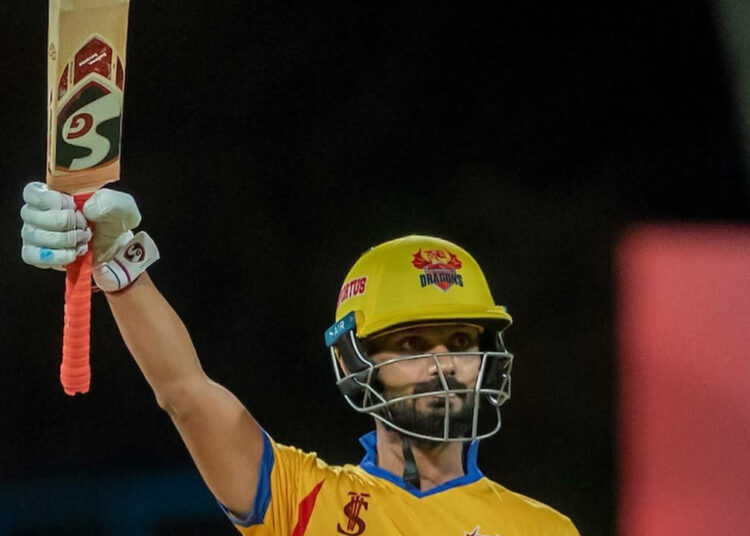The unpredictable nature of T20 cricket, especially in the context of the IPL auction, is only seen to be believed. The discrepancies between players’ performances in regional leagues and their valuation at the auction can indeed be surprising. One such case has come to light after the IPL auction. Delhi’s opener Priyansh Arya, the leading scorer in the Delhi Premier League, was sold to Punjab Kings for Rs 3.8 crore
On the other hand, Shivam Singh’s situation — the leading scorer in the Tamil Nadu Premier League who remained unsold — highlights how auctions are influenced by a wide range of factors beyond raw performance. It’s not uncommon for players to be overlooked despite strong domestic form, as teams look at various factors.
This contrast really demonstrates the unpredictability of T20 cricket, where the line between success and obscurity can sometimes be incredibly thin. The TNPL holds a special place as the first state-level T20 league in India, and its success in producing IPL-quality players is undeniable. The fact that it’s consistently been a breeding ground for talent, with many players graduating to the IPL, adds weight to a player’s achievements there.
Shivam’s journey is a perfect illustration of the contradictions in the IPL auction system and team selection process. His strong performance in the TNPL, combined with his involvement in the Punjab Kings’ squad last season, would seemingly give him a solid foundation to be valued at the auction. After all, he was a part of the team and was consistently in the matchday squad. He even got a chance to play in an IPL game.
Given this, one would expect his status as a squad member and his domestic success to carry some weight in the auction. It appears that these things don’t always matter in the IPL ecosystem anymore. The auction has become increasingly driven by a range of factors that sometimes make past associations or performances feel secondary.
Teams often prioritize what they need right now, which might not always align with a player’s past involvement or good form in domestic competitions. Franchises tend to look at many variables — team balance, specific roles they want to fill, age and potential of a player, the number of spots left in the squad, and even financial constraints.
A player like Shivam, despite being a part of Punjab’s squad and having the TNPL pedigree, might not have fit into the precise needs for that season. If Punjab had already filled the roles he plays, or if they were looking at a different combination of players, his past involvement could have been overlooked.
Moreover, IPL franchises are increasingly looking at player depth, versatility, and long-term potential — qualities that don’t always immediately manifest in match appearances or regional success. It’s possible that teams also factor in the rise of newer, younger talent from various domestic leagues or foreign players that fit their strategies better.
In the end, it’s this unpredictability — where players who have been part of the IPL ecosystem or performed well in domestic leagues are still overlooked — that makes the IPL such a fascinating, yet frustrating, world for both players and fans. It’s a reminder that, in T20 cricket, especially in a high-stakes tournament like the IPL, the landscape changes rapidly, and sometimes, despite the best efforts and performances, a player’s value can remain elusive.

















India’s Most Trusted Online Cricket ID Provider
Welcome to The Online Cricket ID (CBA), your trusted source for genuine and legal online sports betting IDs. CBA is renowned for providing a reliable online CBA ID, offering players fantastic rewards and welcome bonuses. We cater to all enthusiasts with the best online cricket ID options, including cricket satta IDs, for various games like football, kabaddi, poker, boxing, tennis, and soccer. While we can’t guarantee a win every time, our free cricket match tips and tutorials can help boost your chances of success.
https://www.instagram.com/cbaonlinebook/
http://wa.link/cba
https://www.facebook.com/cbaonlineid999